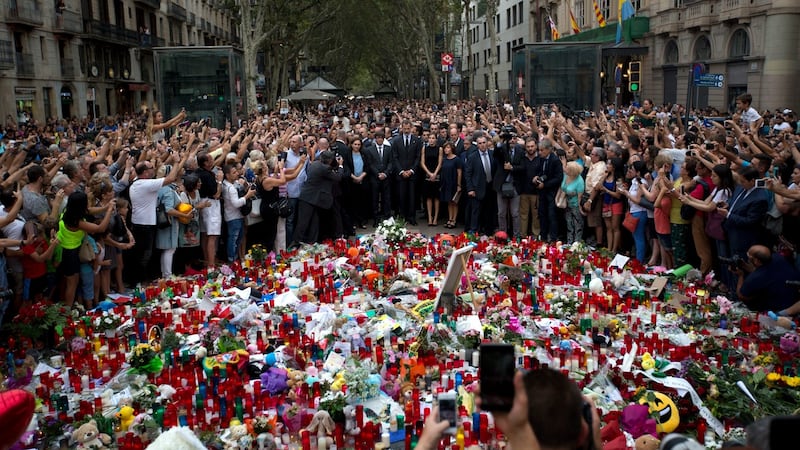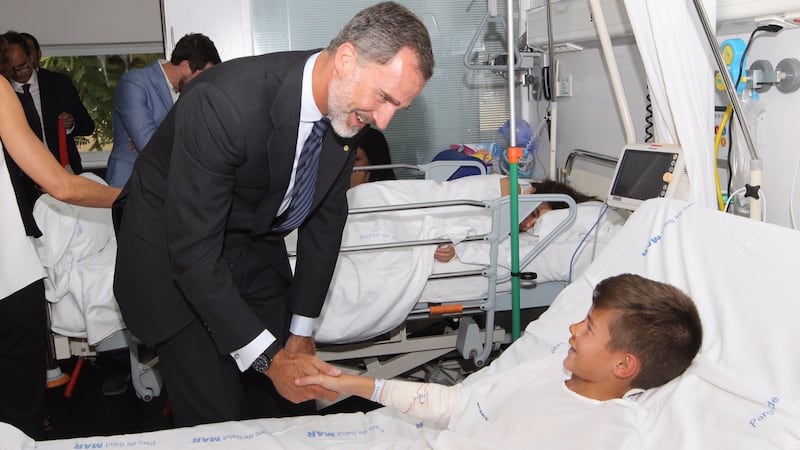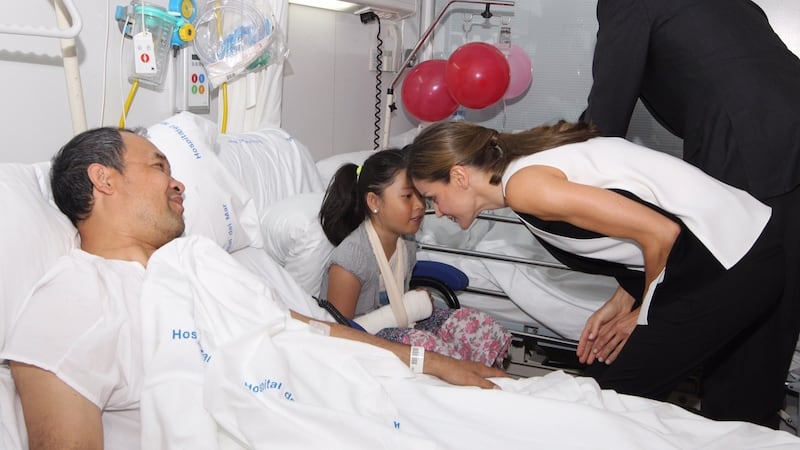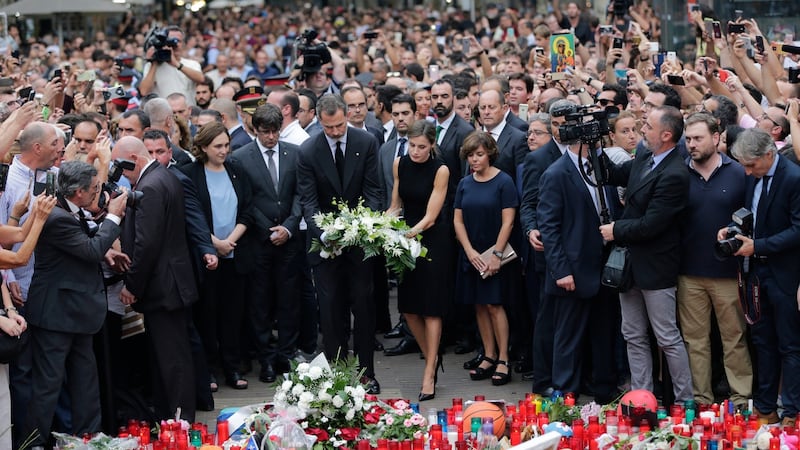Hospital Del Mar is a smart, modern building directly overlooking Barcelona’s famous beaches. It was here that many of the injured were brought after Thursday’s horrific attack on Las Rambla three kilometres away.
Thirteen people were killed and over 120 were wounded. Watching CCTV and phone footage of the incident, it’s hard to believe the death toll wasn’t far higher.
One of the reasons it wasn’t was because Barcelona was prepared for this, at least to the extent that such horrors can be prepared for.

Hospital staff said they had run drills simulating this exact situation. As soon as word came in of the attack on Thursday afternoon, an alert went out to all available medical staff to come to work immediately while the accident and emergency department was cleared of all non-critical patients.
“It was terrible. We had many, many bodies,” said Samuel, a paramedic on duty that night. He and his colleagues initially thought dozens had died due to the amount of blood on the scene.
“But many of the injuries turned out to be broken bones and things like that. Not very nice. But not deadly.”
However many others were seriously hurt and remain in intensive care. There is no guarantee the death toll won’t rise further.
Security was tight at the hospital on Saturday. King Felipe and Queen Letizia had just finished visiting the wards where they shared a warm moment with the Potot family, the only Irish victims of the attack.

Norman Potot suffered kidney injuries after being side-swiped by the van. His son Nathaniel’s leg was broken in the ensuing stampede and his daughter Nailah suffered a fractured arm. Their mother Pearly Fernandez Potot escaped with minor injuries.
Hospital staff say the family are in good spirits and are expected to make a full recovery.
Norman and Pearly are originally from the Philippines but are Irish citizens. They were in Barcelona to celebrate Nathaniel’s fifth birthday.
The family were shopping for souvenirs when the attack took place. Norman was struck on the side and knocked unconscious. When his wife found him she thought he was dead and slapped his face to revive him.

Minister for Foreign Affairs Simon Covney has said it’s a miracle more Irish people weren’t hurt in the attack. He’s right. There are hundreds of Irish people in Barcelona at any one time. Most of them are tourists but a significant number work and study here.
This weekend many of Irish joined the crowds which gathered around the make-shift shrines that have popped up on Las Rambla.
Just over 24 hours after the attack, Barcelona’s main thoroughfare was almost back to normal; the shrines and heavy police presence being the only signs something terrible had happened.

The stalls and souvenir stands were open and traffic made its way up both sides of the street. On Friday night a young woman named Mona walked up and down, stopping at each shrine to sing a song, usually “We Are The World”.
Initially people remained silent as she sang, perhaps worried she was going to ask for money afterwards. But one by one they join in; some people even hold hands. It could have been corny or mawkish but it felt right.
“The only choice we have is not to fight with violence but to fight with music, with love,” Mona tells me.
Whenever she finished at a shrine she was hugged by tearful bystanders. People are confused and angry here; they need something to help them make sense of what happened. For a few minutes on Friday Mona gave them that.











